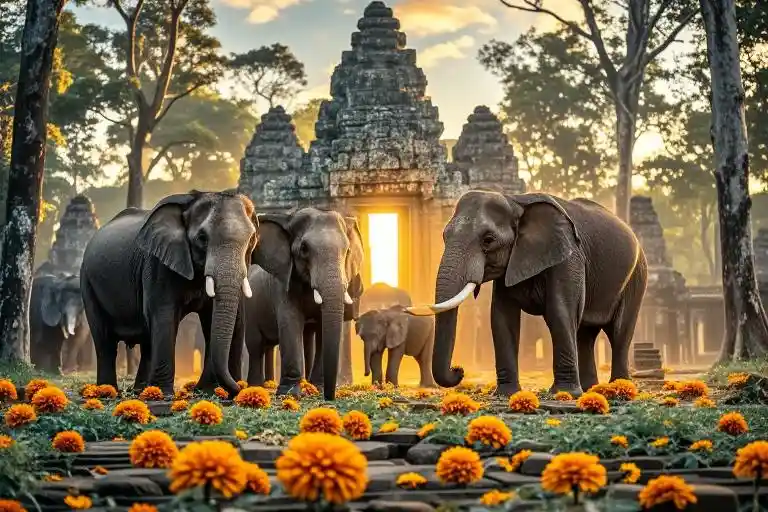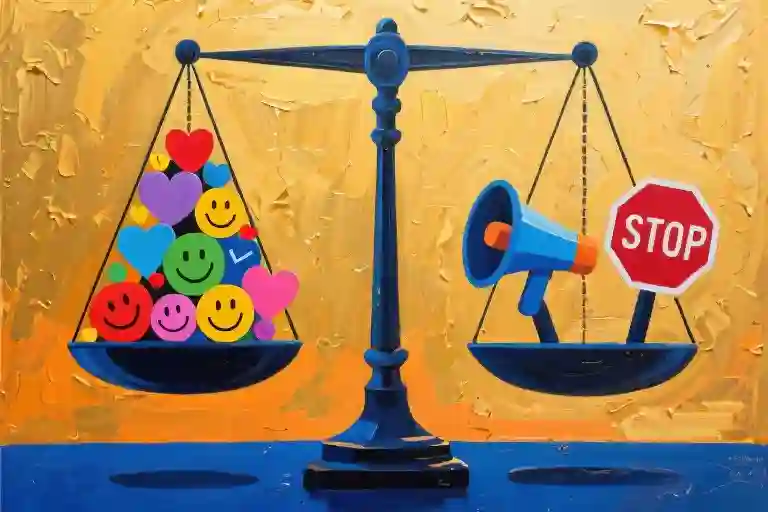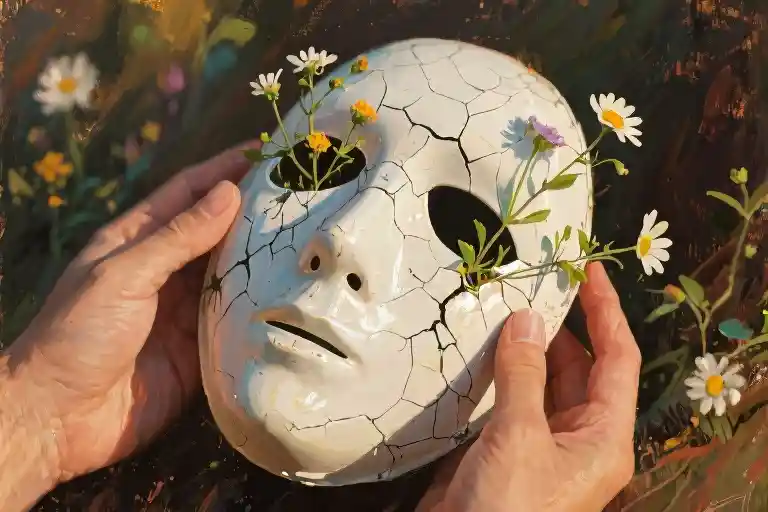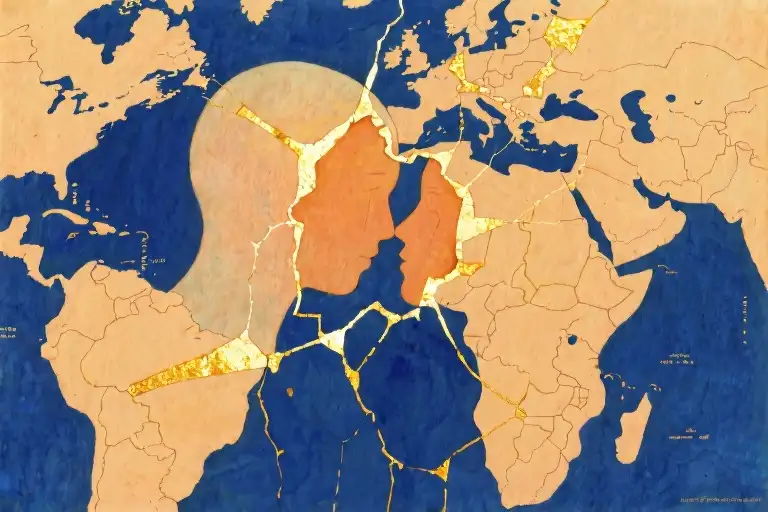The hospice nurse’s text arrived during monsoon season. “She’s asking for lavender oil,” it read, and suddenly I was thirteen again – watching wrinkled elephant trunks carefully position marigolds around their fallen matriarch at Angkor Wat. My fingers hovered over the phone keyboard, Cambodia’s humid air clinging to memories I hadn’t breathed in decades. Why do we humans struggle so profoundly with what comes naturally to elephants?
The Language of Loss in Animal Kingdoms
Elephants don’t merely react to death – they converse with it. During my years working with Mahouts near Siem Reap, I witnessed calves practice burial rituals using banana leaves years before needing the skill. Their trunks become living archives of scent memory, capable of identifying specific relatives’ remains after decades. When National Geographic filmed elephants investigating their matriarch’s week-old carcass in 2019, that lingering trunk-caress of her sun-bleached ear wasn’t random exploration. It was elegiac poetry.
Primatologist Frans de Waal’s research reveals something startling: elephant mourning periods correlate with the deceased’s social value. Grandmothers receive five-day vigils, newborns mere hours. This emotional calculus mirrors my human experience – the soul-wrenching difference between losing a college acquaintance versus my mother to breast cancer. Yet we’ve medicalized such natural variance into “complicated grief disorder.”
The Herd Paradox: Together Yet Alone
Modern life has engineered isolation into our mourning. We schedule three bereavement days while elephants allocate seasons. During COVID lockdowns, my neighbor held an iPad to her dying father’s face so relatives could Zoom goodbye. The sterile efficiency haunted me more than Cambodia’s vivid death rituals – monks chanting as smoke from sandalwood pyres curled around our tear-salted lips.
Neuroscience explains our biological need for communal mourning. When humans engage in synchronized grieving activities – whether Irish wakes or Ghanaian fantasy coffin ceremonies – our brains release oxytocin alongside cortisol. This biochemical cocktail transforms corrosive loneliness into bearable sorrow. Elephants achieve similar chemistry through trunk entanglements and rumbling vocal harmonies that vibrate in 12Hz frequencies – wavelengths proven to accelerate cellular healing.
Rewilding Our Grief Practices
Last summer, I brought my psychotherapy clients to an elephant sanctuary. As we watched a juvenile methodically cover her stillborn sibling with branches, a CEO who’d previously dismissed “emotional intelligence workshops” broke down. “She’s…she’s making sure the baby isn’t cold,” he stammered, his corporate armor cracking to reveal what Buddhist teacher Joan Halifax calls “the raw edge of being human.”
This is the paradox: By studying how elephants grieve, we remember our own wild wisdom. My Cambodian friends still wash loved ones’ bodies with tamarind paste, dressing them in wedding silks for the afterlife journey. Meanwhile, Western funeral homes charge $500 for “viewing room sanitization.” What if we reclaimed our instinct to gather, touch, and tend? To wail freely like elephants trumpeting across savannas, their calls carrying further than our stifled sobs in soundproofed hospice rooms?





